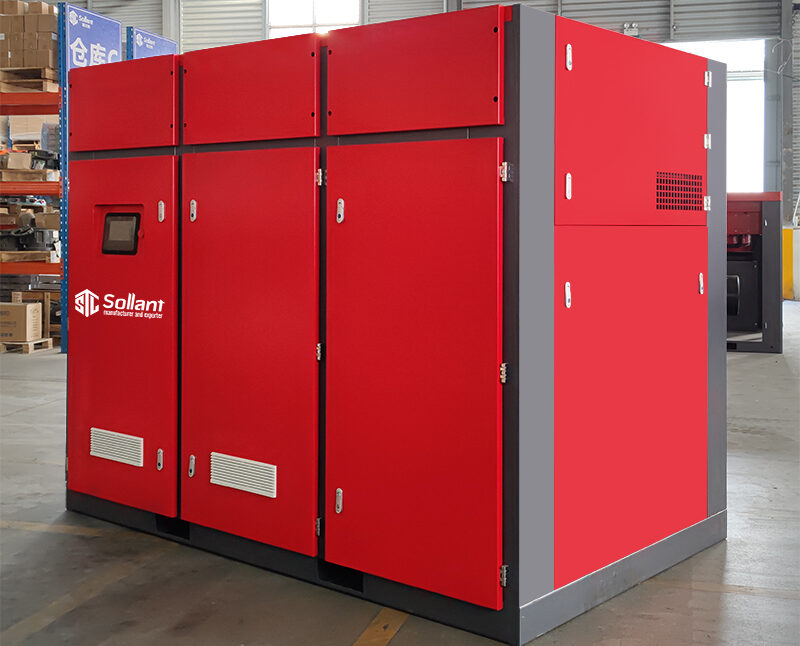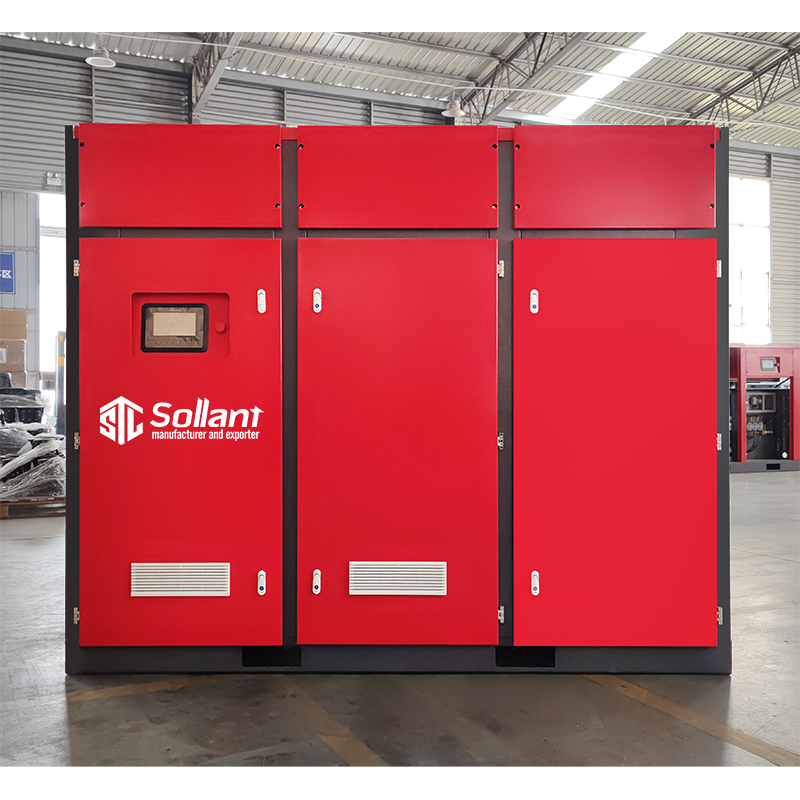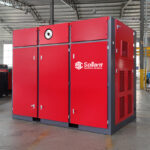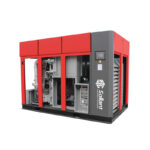When operating an air compressor, it’s common to find water accumulating at the bottom of the compressor tank over time. This is due to the nature of compressed air systems, where moisture in the air condenses and collects during operation. If left unaddressed, water buildup can affect the system’s performance and potentially shorten the equipment’s lifespan. In this article, we’ll explore why water accumulates in air compressor tanks and discuss effective methods to manage it, ensuring efficient and reliable operation.
Why Water Accumulates in Air Compressor Tanks
Air compressor tanks, often classified as pressure vessels, require strict compliance with design and manufacturing standards to handle compressed air safely. When air is compressed, the water vapor naturally present in the atmosphere condenses as it cools, forming water droplets. Over time, these droplets accumulate at the bottom of the tank.
This process of condensation is normal and generally harmless as long as the tank is designed and maintained correctly. High-quality tanks, produced by certified manufacturers, incorporate corrosion-resistant materials and structures to withstand prolonged exposure to moisture without rusting or leaking. For tanks produced by a reputable manufacturer, the design will have considered condensation risks, and a quality tank should resist rust for many years under standard conditions.
Key Solutions for Managing Water Accumulation in Air Compressor Tanks
- Install an Air-Water Separator
- An air-water separator can be installed between the air compressor and the tank to reduce the amount of water that reaches the tank. These separators are often integrated into the design of certain compressors and help trap moisture before it enters the tank. For users without an integrated solution, external air-water separators are available and can be installed with ease.
- Regular Tank Drainage
- Draining the air compressor tank regularly is essential to prevent excessive water buildup. Most tanks are equipped with a drainage port at the bottom. By installing a ball valve at this port, users can easily release the water manually on a schedule. For increased convenience, an automatic drain valve can be fitted to remove water without manual intervention. Ensure the automatic drain is of high quality to avoid frequent clogging or malfunctions.
- Optimize Drainage Design with Pipeline Angling
- Compressed air pipelines should ideally be installed at a slight incline (about 1°) toward a drain port. This setup ensures that any condensation formed along the pipeline flows to the end, where it can be drained easily. Position the drain port at the lowest point of the pipeline system for maximum efficiency.
- Inlet and Outlet Placement for Effective Flow
- Proper positioning of the tank inlet and outlet also helps reduce moisture issues. The air inlet should connect to the compressor pipeline above the main pipeline, with a downward-facing, 180° bend leading into the tank. This configuration ensures minimal water entry, as any condensed water in the line will naturally settle in the pipeline before reaching the tank.
Importance of Routine Maintenance
Regular maintenance is key to managing water in compressed air systems. Implementing a schedule for drainage, checking the quality of separators and drains, and inspecting pipelines can prevent the negative effects of water buildup, such as rust, corrosion, or contamination in the compressed air. Additionally, avoid using compressed air with acidic or alkaline properties, as these can increase the risk of corrosion within the tank.
Conclusion
Water accumulation in an air compressor tank is a common, manageable issue. By understanding why water builds up and following these best practices, users can maintain the efficiency and longevity of their air compressor systems. Implementing air-water separators, ensuring proper drainage, and configuring the system to minimize water entry will ensure a smooth, trouble-free operation for years to come.





